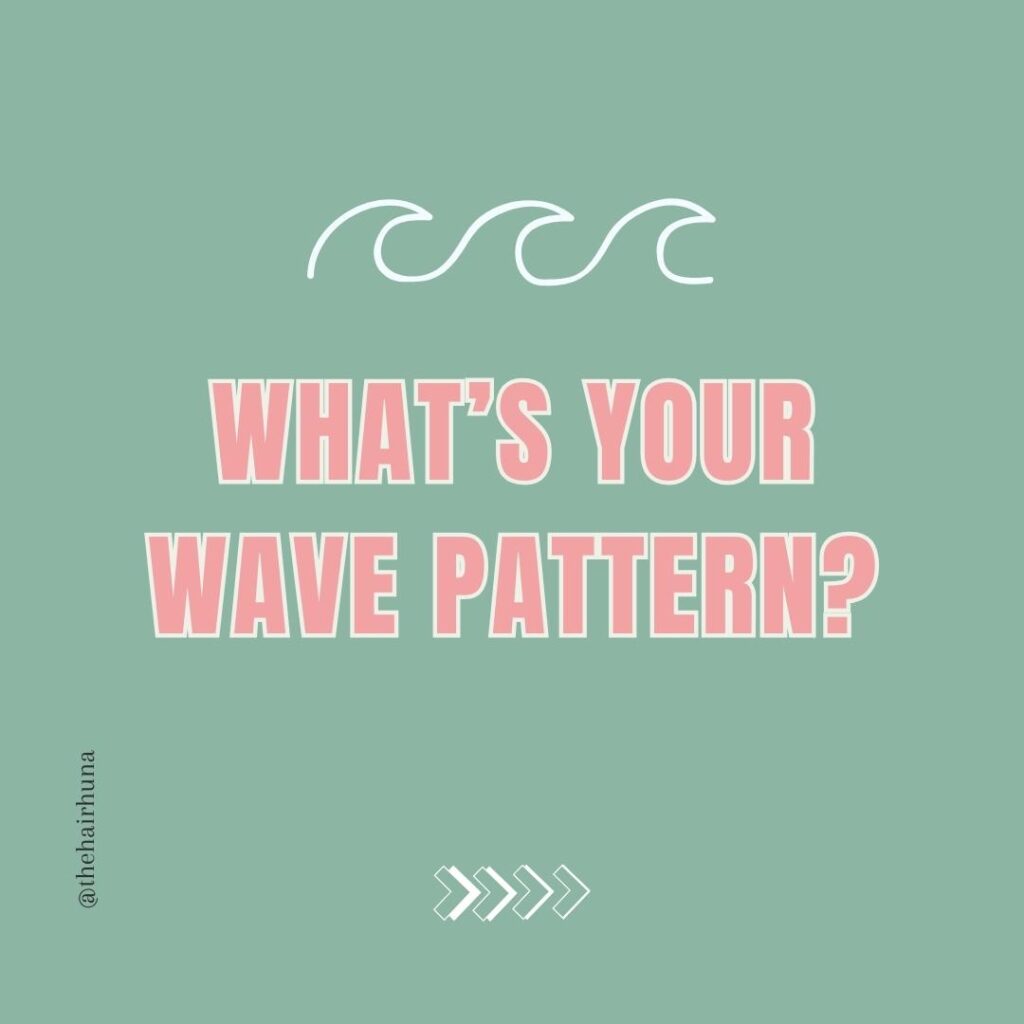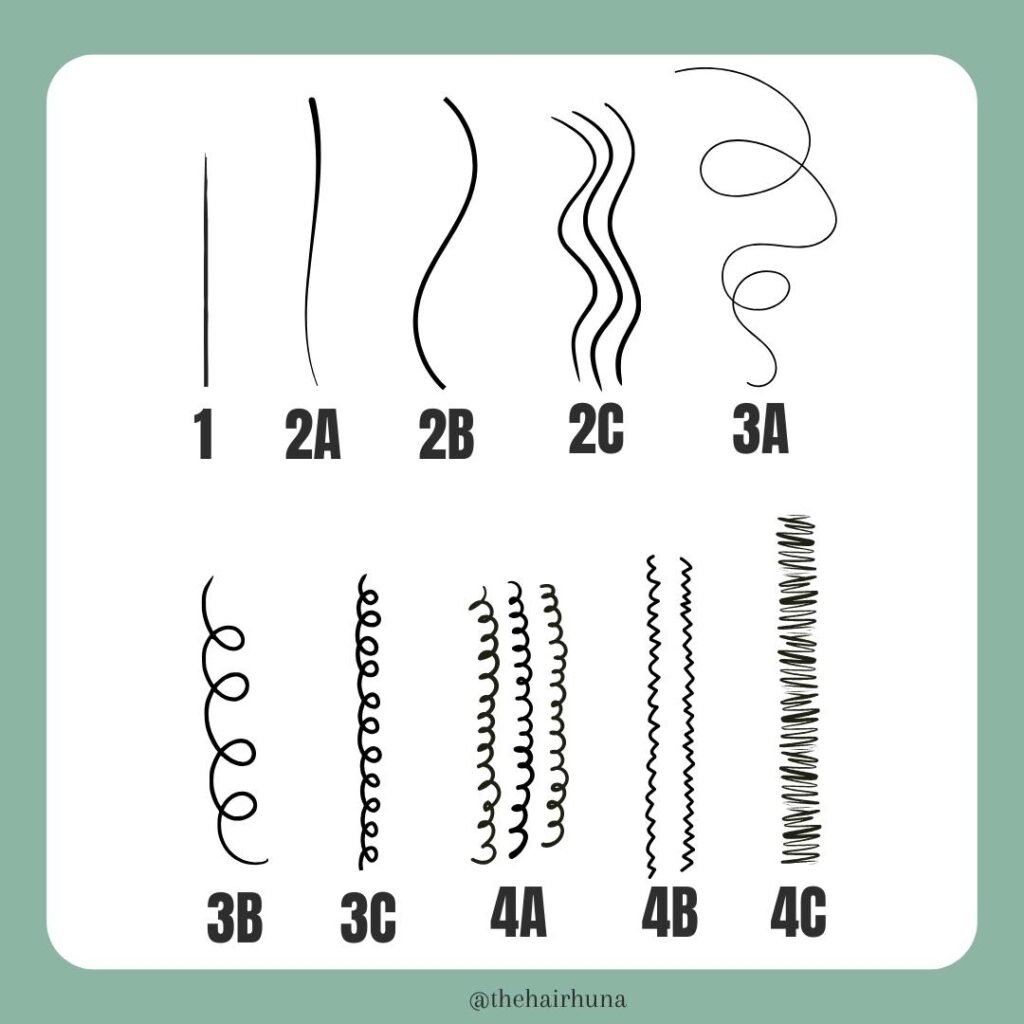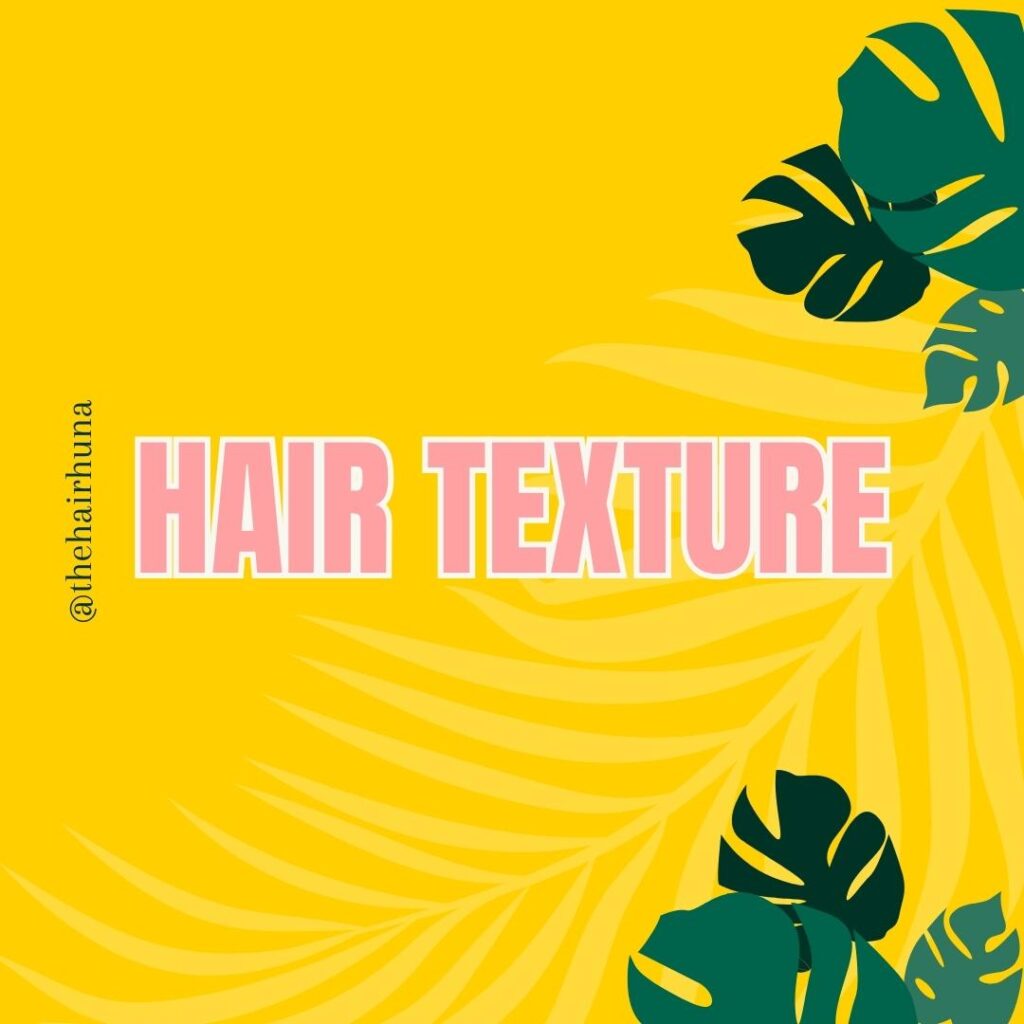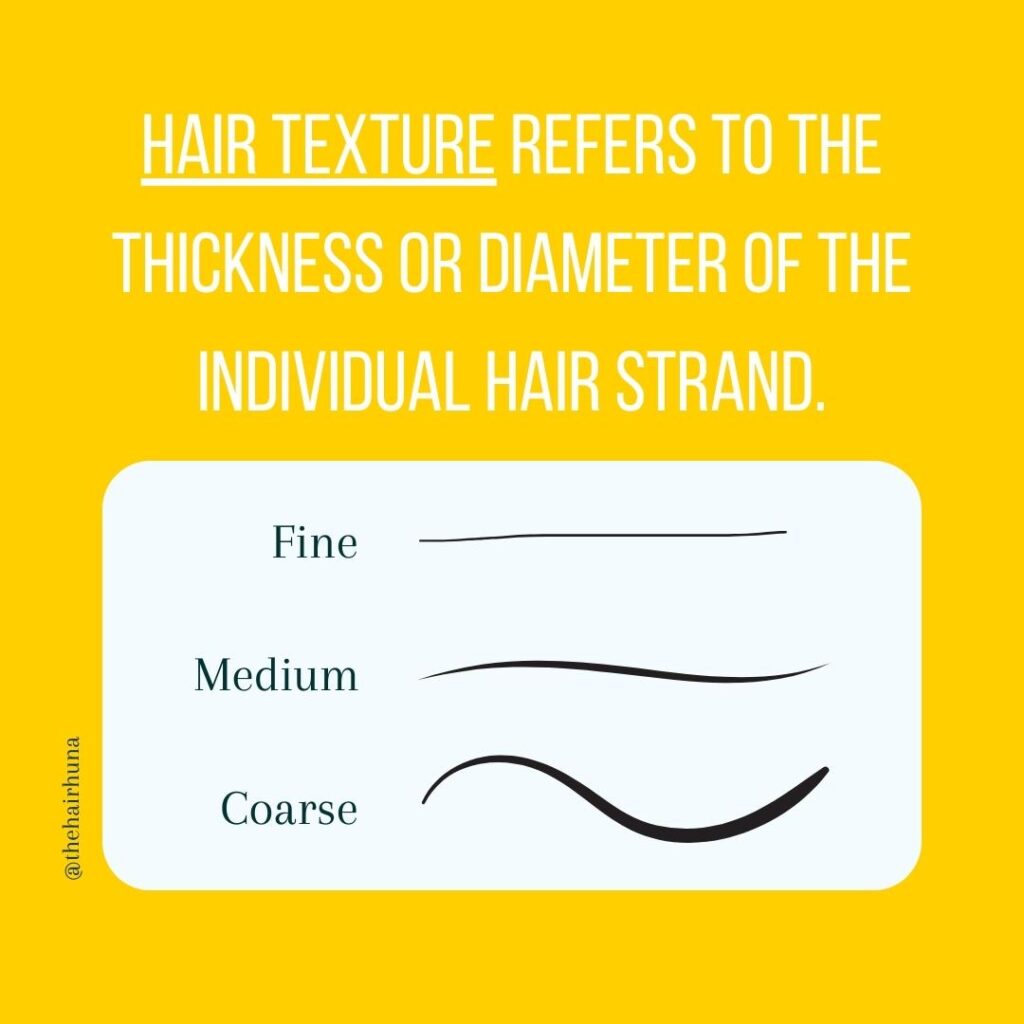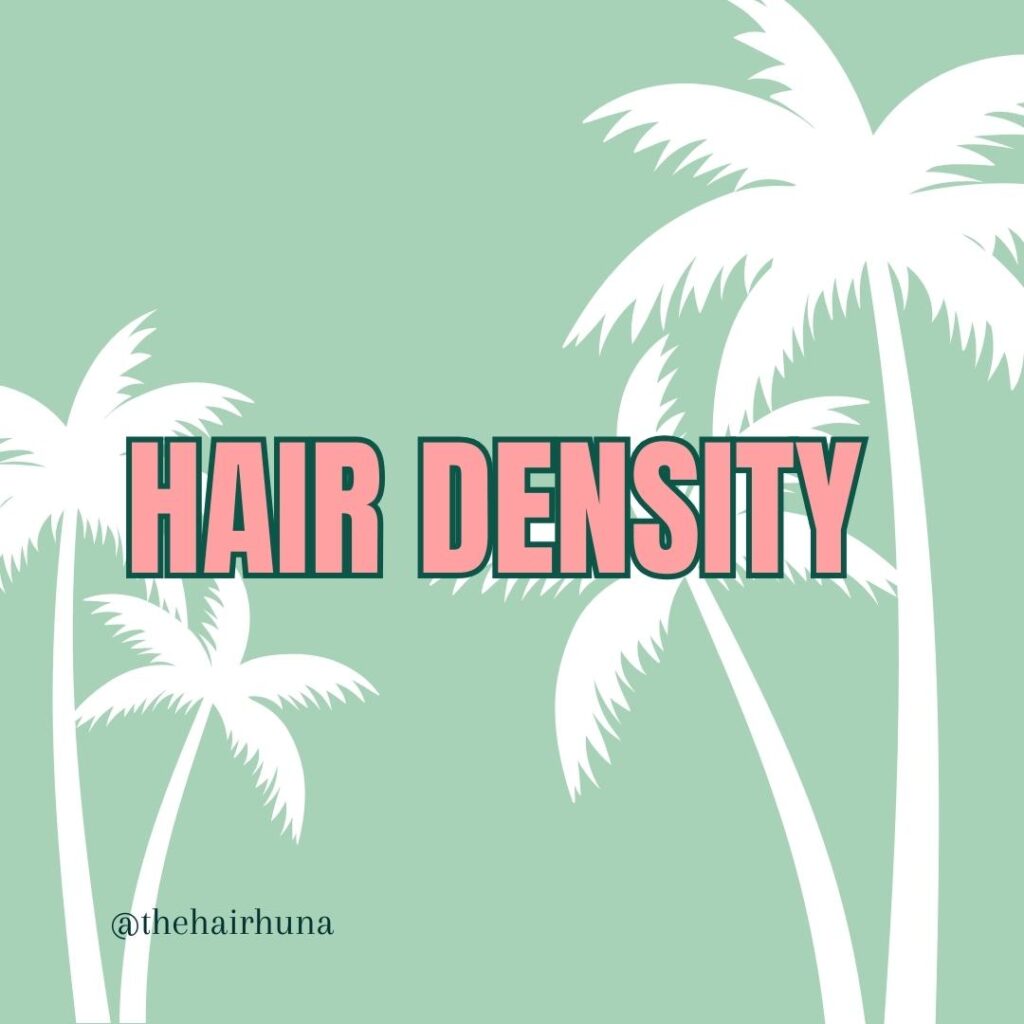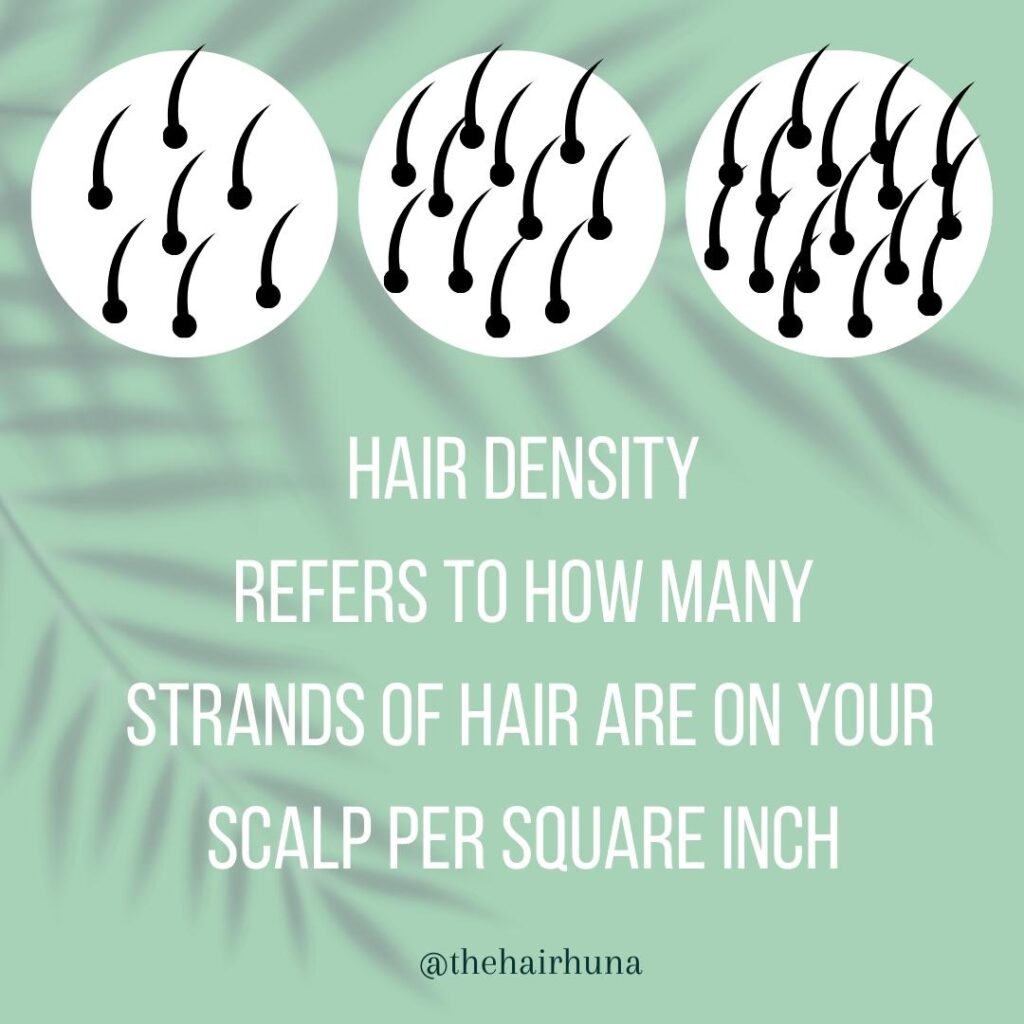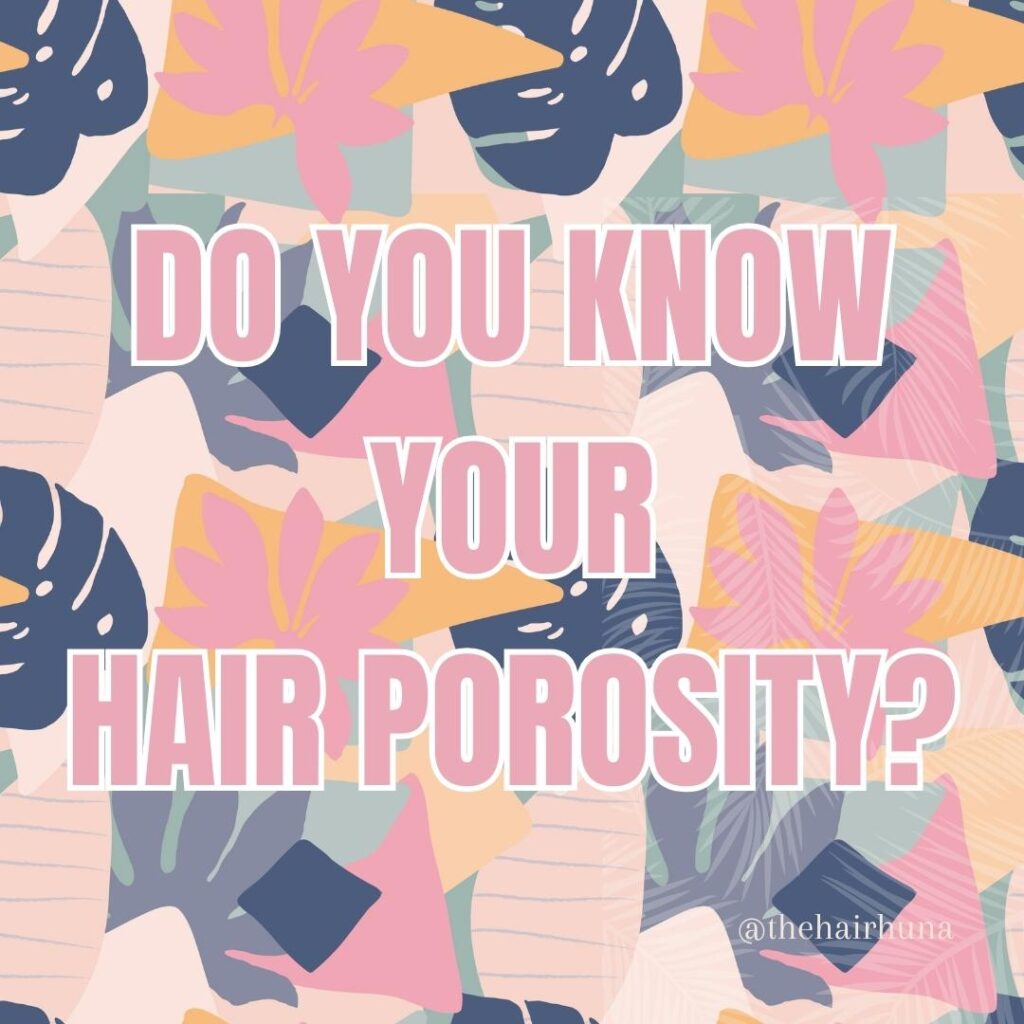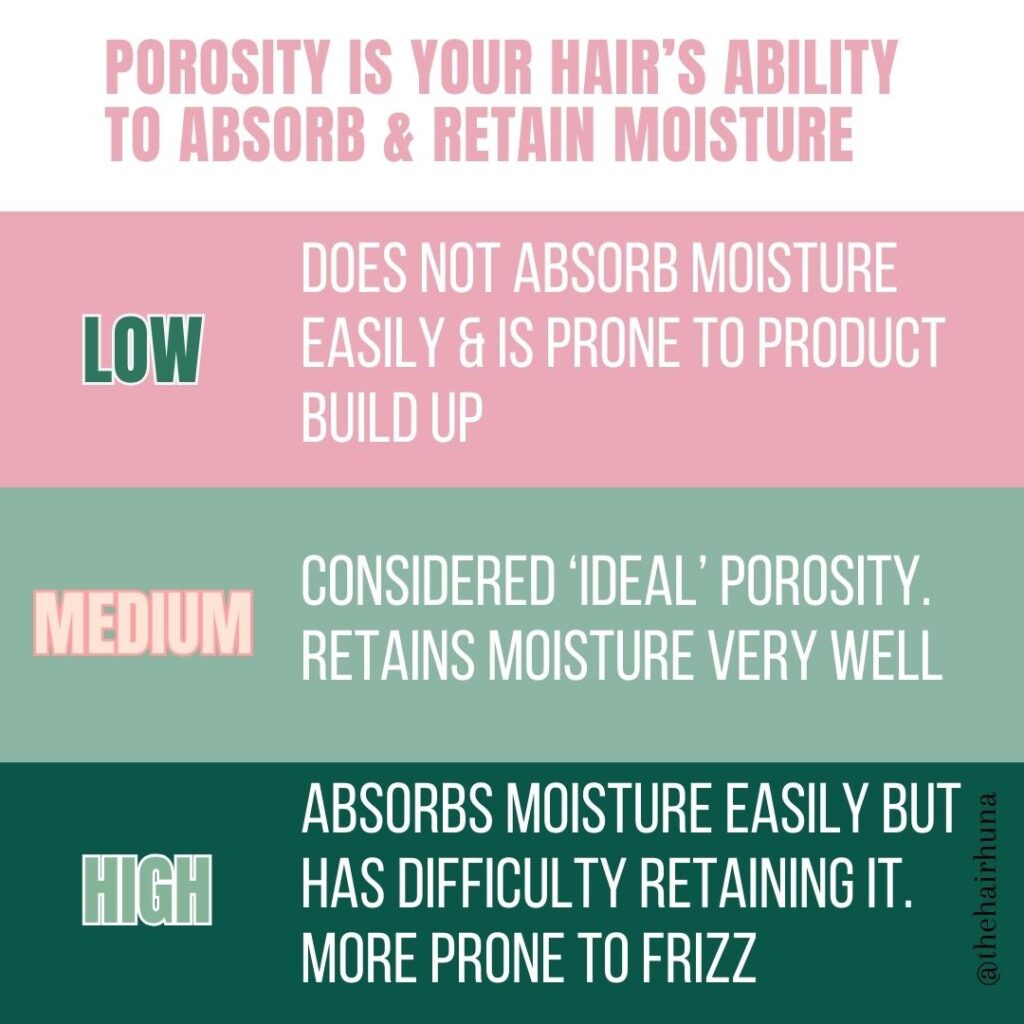Hey, you! Welcome back. Let’s chit chat for a sec. So, you want to have healthy hair, but you’re not quite sure where to begin. And I get it, I’ve been there too. No matter where your starting point is, I’ve got you.
The fact of the matter is: growing healthy hair is similar to gardening. While some of us were naturally born with a green thumb, others develop the skill over time. If you’re ready to start planting the seeds for healthy hair, keep reading.
Understanding The Root of Healthy Hair
What is one thing that plants and hair have in common? Roots.
As Above, So Below.
If what you see externally is luscious, vibrant, and healthy, then that is directly related to a strong and healthy root system beneath the surface. However, seeing discoloration, wilting, or signs of weakness means your attention needs to be redirected back to the foundation.
Like plants, your hair needs the proper nutrients, nurturing, and a positive environment to for best results. If you start with the basics, you can always add more (tools and products) as your skill set develops.
As Within, So Without.
Get in tune with your mental and physical needs, as well. Connection-focused hair rituals can relieve mental fog, anxiety and stress, promote healthy stimulation and attract positive energy into your space.
In addition, following a healthy hair diet can ensure your body is able to carry out its essential functions from within. What you see on the outside is always going to be a reflection of what’s occurring on the inside.
Know Your Hair Structure
The hair shaft, like a plant’s stem, is the visible part of your hair that sprouts from the scalp. It is a keratin based filament made up of three main layers- the cuticle, the cortex, and the medulla. A healthy hair structure is able to transport nutrients from roots to ends, protect against external pollutants, allowing for long, strong, healthy tresses.
The cuticle is the outer most layer and first line of defense when it comes to hair protection. Think of roofing shingles or fish scales running down the hair shaft. A cuticle that lies flat and is smooth to the touch offers inner hair protection from damage, luminous shine, moisture retention, reduced frizz and manageability.
Without getting too much into the scientific nature of hair, the cortex is the main layer of the hair shaft. It holds color pigments, like pheomelanin (red/orange) and eumelanin (black/brown). Additionally, it is home to protein chains, and disulfide & hydrogen bonds that help keep your hair in shape.
Lastly, the medulla is the inner most layer of the hair shaft. It’s only present in thicker hair textures, containing mostly air spaces and cells.
Still with me? Okay, great!
Understand Your Hair Identity
Now that you understand the root and structure of healthy hair, let’s talk hair characteristics! Like the flower part of a plant, your hair traits are unique to you. Your hair identity allows individuality, self-expression, creativity, and personal aesthetic to flourish. This is important to understand when creating transformative hair styles, sacred cuts, or following color trends.
Your hair identity can be categorized as follows:
- Wave Pattern
- Texture
- Density
- Porosity
Wave Pattern
Understanding your wave pattern is an important part of knowing how to care for your hair. With so many products on the market, the wrong ingredients can either help or hurt your styles.
Here’s what you should know about your wave pattern:
- It’s normal to have multiple wave patterns throughout your hair.
- Going against your waves with too much heat styling or chemical treatments can ruin your hair.
- The right products will help to define your hair, while the wrong ones may weigh it down or do absolutely nothing.
- All wave patterns are beautiful!
Do you fight your waves and curls, or do you go with the flow of your hair?
Hair Texture
Though the term ‘hair texture’ is commonly used interchangeably with curl or wave patterns, they are NOT the same.
In Hair World, hair texture refers to the thickness and diameter of the hair strand itself.
Why does this matter? Knowing your hair texture is the secret to finding the right products, styling, and well-cared-for tresses.
- Fine hair is delicate, usually flat, and doesn’t hold shape well. Too many products will weigh the hair down. Use lower heat settings with hot tools to reduce damage.
- Medium hair is the most common. It styles and holds up more easily.
- Coarse Hair has the thickest strands, which usually entails some resistance to heat & chemical treatments. It may also require more product to achieve desired hair results.
Not sure what hair texture you have? Compare one of your hair strands to the thickness of a piece of sewing thread. If your hair strand is thinner than the thread, you have fine hair. About the same? Medium. Thicker than the thread? Coarse.
Hair Density
Density refers to the number of hairs on your head. And you probably have somewhere between 80,000 to 120,000. Remember, thickness refers to hair texture (width of the strand itself), while density means ‘how many’ strands. You can have a lot of baby fine hair, you could have a good amount of coarse/thick hairs, or a little bit of medium strands. Many have their highest density in the crown section of their head.
Low density can usually be determined by scalp visibility, especially along the hair parting. Your ponytail may have a small circumference, too (if the hair tie wraps around 3 or more times). Stay away from products with heavy oils, gels and some styling creams. If lightweight products aren’t used, the hair can easily appear weighed down or oily. Try volumizing products like mousses or texture powders, dry shampoo or (lightweight) hair spray.
If you have medium density you can probably wrap your hair tie around your ponytail twice. You have an abundance of hair styles to choose from as well as a wide array of products to try out. Of course, take into account the other traits of your hair.
Higher density hair has little to no scalp visibility. It may require heavier or stronger products to hold styles in place. Thicker styling butters and creams, along with gels or oils can help to maintain styles and deliver proper nourishment. You can also try applying styling products by dividing hair into smaller sections. Invest in a quality clarifying/ detox shampoo to ensure a thorough clean each wash day.
Hair Porosity
Being conscious of your hair’s ability to absorb and retain moisture can save you time and money on your hair styling rituals.
Think of low porosity hair as someone who always keeps their guard up. While it’s great having protective measures against outside stressors, good things also have a hard time getting through. Try adding heat to help the cuticles lift so nutrients are able to penetrate.
You’re in the sweet spot with medium porosity hair. It’s like having a good judge of character. Your cuticle is slightly raised so product goodness is able to penetrate through and lock in. Stay consistent in your hair rituals!
High porosity hair is like a revolving door. The cuticle is wide open! Though products initially are welcomed in with arms wide open, they leave just as quickly. Try protein or keratin based products to increase strength. Rinse with cool water to close the cuticle, increase shine and reduce frizz. Hair oils are a great addition to smoothing the cuticle, too!
Not sure what your hair porosity is? See below for a quick and easy porosity test that you can do at home!
Remember, the day you plant the seeds is not the day you eat the fruit. But now that you have a solid understanding in the foundation of your hair health, you can take the proper steps towards achieving the hair of your dreams. Just like gardening, your hair wellness journey requires patience, nurturing, time and a positive environment. But, you will reap what you sow, I promise.
May your healthy hair flourish!


